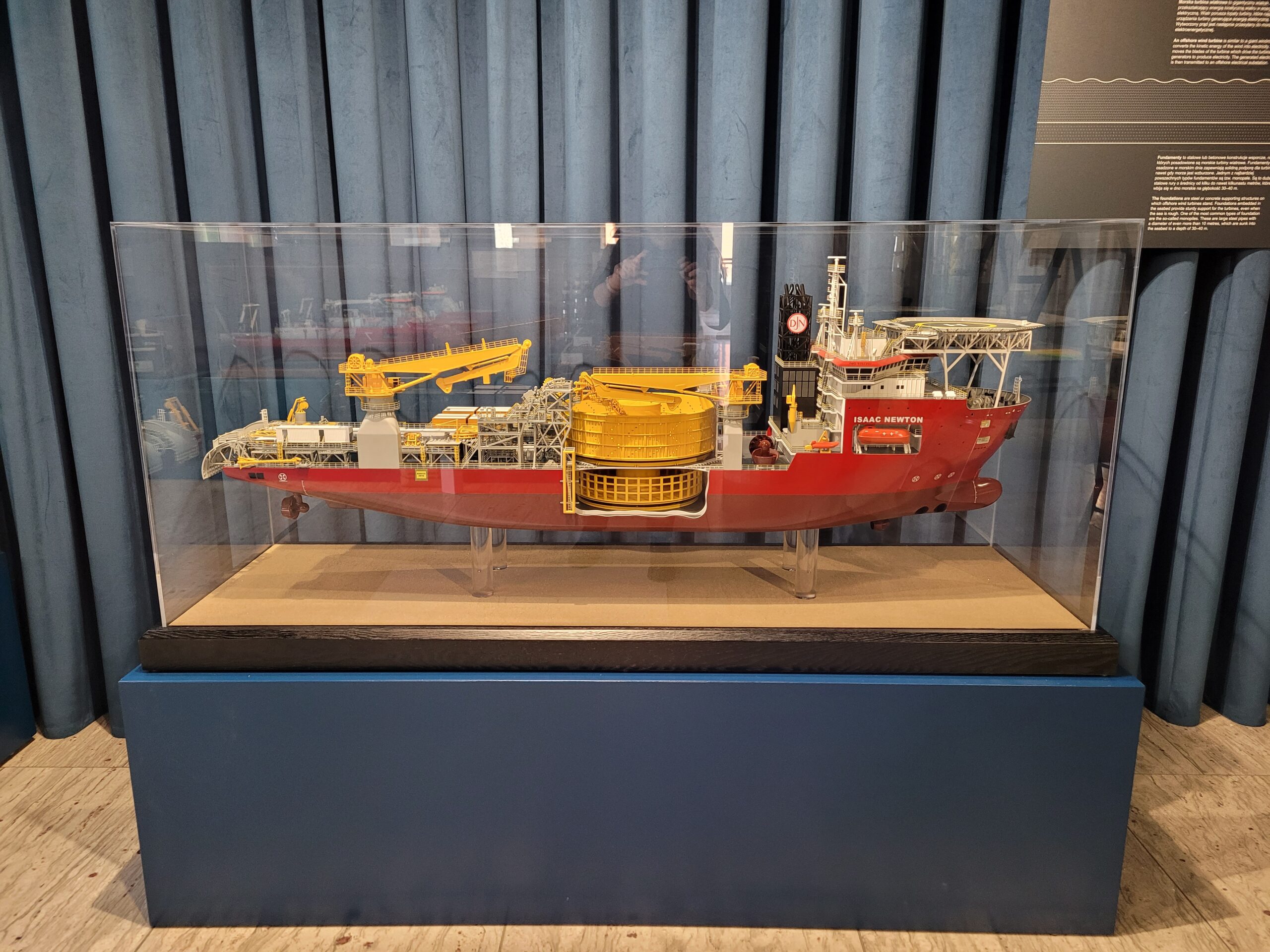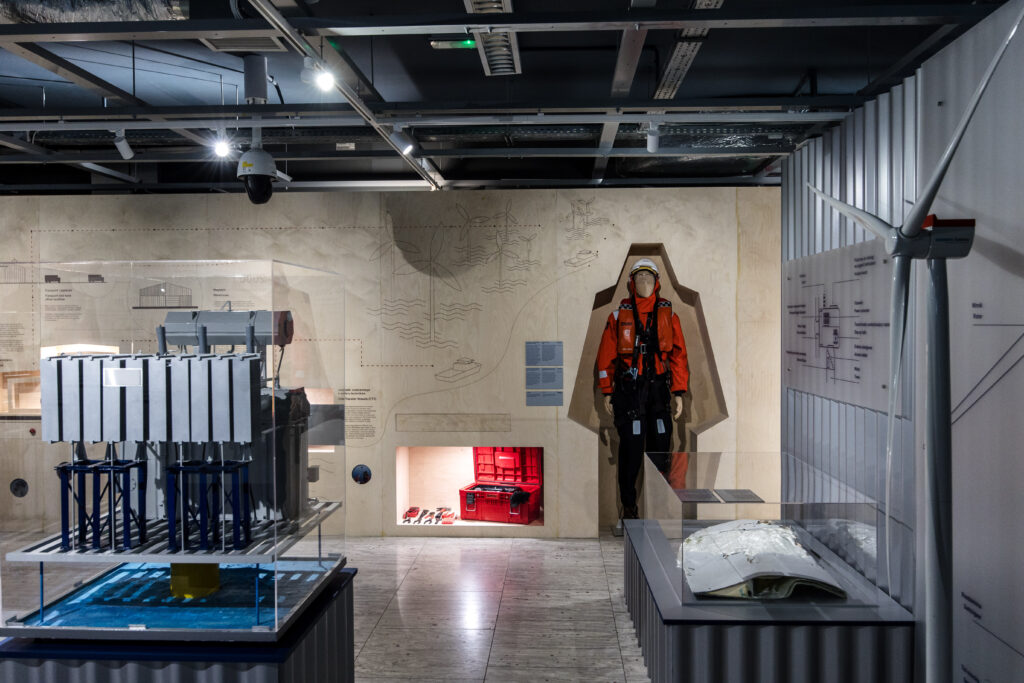The narrative of the exhibition has been designed in such a way that both adults, teenagers and children can find themselves in it. The latter are sure to be intrigued by, among other things, a model of a sustainable energy ecosystem, built with LEGO bricks. The exhibition is popular among Gdansk residents and tourists – it has already attracted the attention of more than 14?000 visitors.
Visitors can draw information not only from graphics, descriptions, photos or animations and videos. Interactive stations and realistic exhibits, such as fragments of marine cables or a transformer station fan, also await them. In turn, they will feel the power of the wind thanks to special simulators. The conclusion of the exhibition is a quiz measuring the knowledge gained. At the end of the tour, visitors can make an artwork and take it home as a souvenir.
The authors of the exhibition have also created space for an educational zone, where workshops and lectures on offshore and RES topics are organized, led by educators from the National Maritime Museum and experts from Equinor and Polenergia. Both companies are the originators and curators of the exhibition. They are jointly implementing the construction of three wind farms in the Baltic Sea with a total capacity of up to 3,000 MW. The most advanced projects, Bałtyk 2 and Bałtyk 3, are at the stage of preparatory work at the interface between sea and land, at the so-called landfall, and further inland, where site organization for cable laying is underway. At the same time, work is being carried out in the area of the onshore transformer station. Both farms are scheduled to be operational in 2027, and will eventually be able to supply more than 2 million households in Poland with green energy.


